Have you ever wanted to grow vegetables but didn’t have any seeds? Did you know you likely have things to grow already in your kitchen?
Re-growing produce from your clean kitchen scraps can save money, reduce total household waste, and be a fun activity!
Here is a list of common kitchen scraps you may have already which are just waiting to be planted:
Roots
Potato
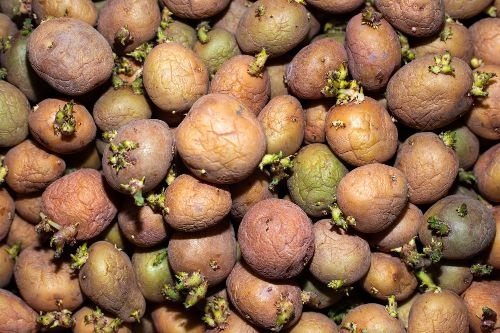
You can have fun planting your own potatoes and get the kids involved, too! Small potatoes can be planted whole or cut into pieces with a least one eye (where the sprout grows) on each piece. Let the pieces dry in a cool place at least four to seven days before planting. Plant in cool soil with the eyes on the potatoes facing up. You can learn more tips on planting potatoes at The Farmers’ Almanac website. [1]
Ginger

Ginger is a tropical root that needs to be grown indoors. Save your extra ginger and plant it in moist soil with the newest buds facing up. After a few months, cut off some of the root and plant it again to grow more ginger.[1]
Carrots (bi–annual)
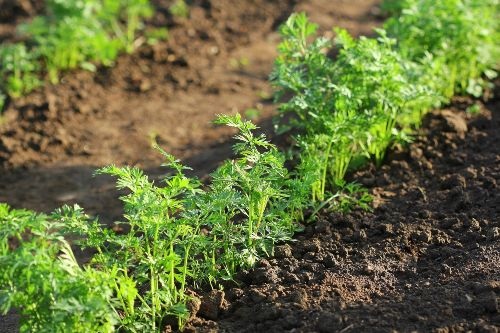
Carrot greens contain a large amount of the carrot’s nutrients. In order to grow carrots, save the top of the carrots (about an inch) where the greens come out of the carrot. Put the top in a shallow dish of water until roots or new greens began to grow. When ready, cut off some of the new greens and replant. [1]
Bulbs
Garlic
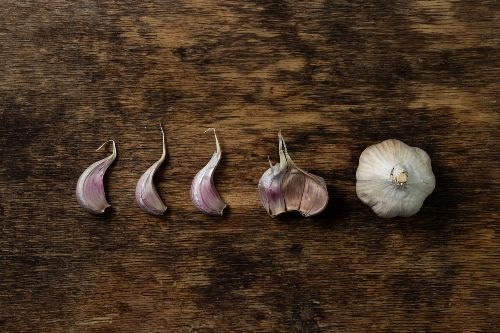
Did you know you can grow a whole garlic bulb from one clove of garlic? Just plant the clove with the root down and the pointed tip up in a pot with soil near a window inside or outside in your garden. When the tops of the garlic begin to droop and turn yellow your garlic bulb is ready to harvest. [3]
Onions
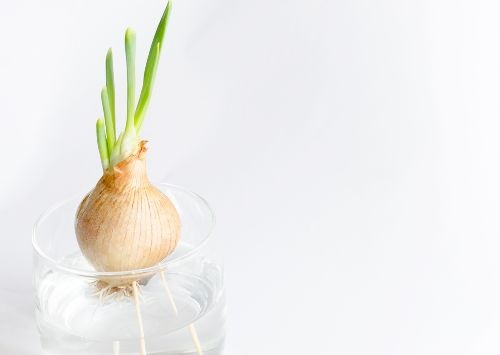
Do you use a lot of onions? Just trim 1 inch off the root of an onion and place in a dish/glass of water with the cut end above the water (as seen in the photo above). It’s time to plant in the ground when you see the roots begin to regrow. [1]
Green onions
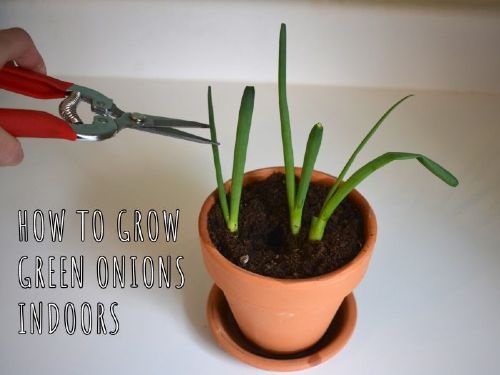
Did you know you can grow green onions in less than 2 weeks? See our blog on How to grow food indoors, part 2: green onions.
Leafy veggies
Romaine lettuce
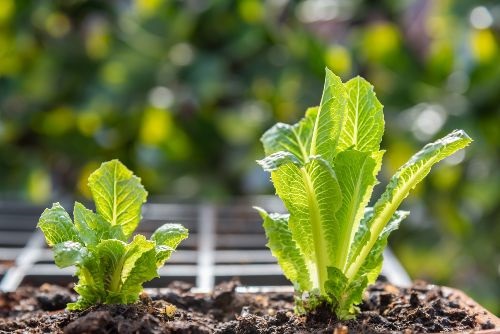
Next time you make a salad with Romaine lettuce, save the base of the lettuce with a little bit of the leaves remaining. Place this in a dish of water and continue to water every other day. Remove the dead leaves from the outside. Pretty soon you will end up with new lettuce leaves. You can enjoy some of these on a salad and plant the root base in soil. [2]
Celery
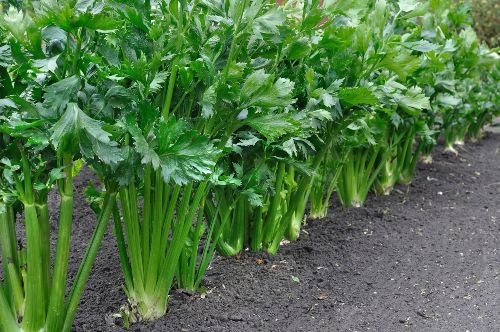
Springtime is the time to plant celery since it needs to be planted in cooler weather. Begin by cutting 2 inches from the base and placing it in a dish with just enough water to not cover the whole base. Once the roots and new leaves begin to show in about a week, replant in the soil with only the leaves above the surface of the soil. [1]
Helpful tools for planting
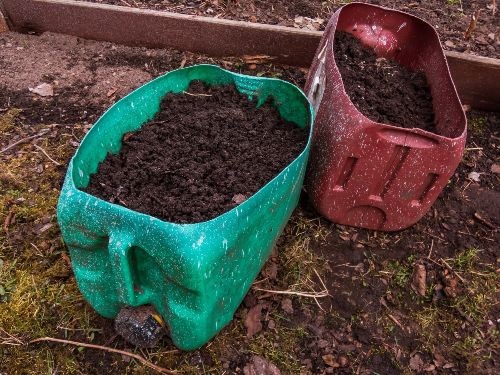
Containers:
Items you may have laying around your house can be used as planters. Some examples are plastic bottles cut in half or recycled yogurt cups. In order to see roots growing in water, try using a well-cleaned jelly jar.
Soil:
If you have a yard or garden, use soil from it when you don’t have any potting soil available.
Water:
Keep the soil around your kitchen scraps moist after transplanting.
See our series on How to Grow Your Own Food Indoors, part 1: Herbs and How to Grown Your Own Food Indoors, part 3: Microgreens to learn more about planting.
Written by: Leslie Davis, MS, RDN, LD, CDCES | Edited by: The Nutrition Education Team
Posted: April 30, 2021
1. Farmers Almanac- growing carrots